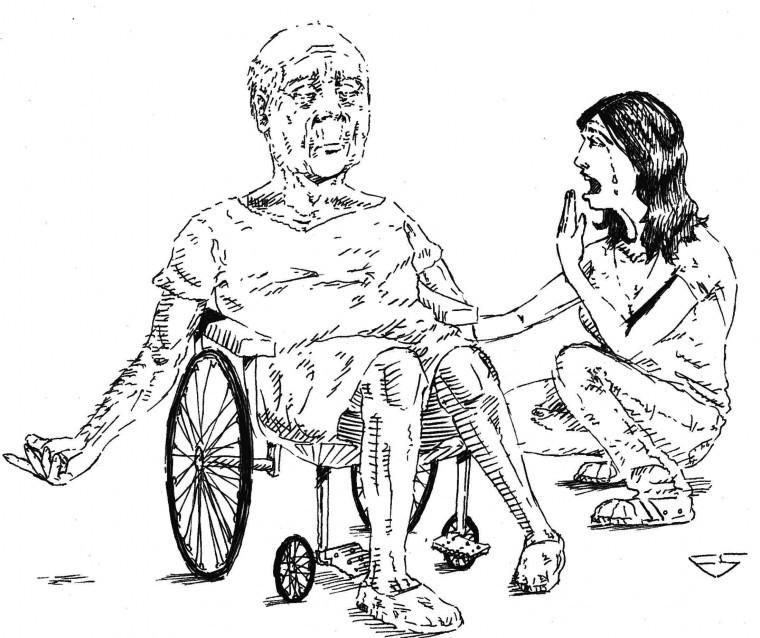‘Death with Dignity’ gives peace of mind to the terminally ill
February 16, 2011
How would you want to die? Most of us have probably answered this question in drinking games, pillow talk or alone when contemplating our mortality.
I know for me, if I had a choice, I would forgo the heroin overdose and want to die surrounded by family.
Of course this would be when I was old; old to where my main capabilities were restricted to watching daytime television.
I would want my family around because it would give me comfort in knowing that I have said my last goodbye and recited my last prayer.
However, death is ambiguous. For some of us, it comes when we are young. We fall victim to drunk driving, overdoses and gun shots.
For others, it comes when they are middle-aged. Working 70 hours a week to support a growing family and pay the mortgage gives us little opportunity to reflect on how our body does not feel quite right.
Most, however, die when they are old, after years of life which have left them fulfilled.
Even though you can sense your time as you grow old, you can never know of the precise moment: this is what frightens me the most.
I cannot imagine the anxiety people must feel before closing their eyes at night and wondering if they will wake up, or sitting alone praying that they have someone’s hand to hold when they breathe their final breath.
To diminish these anxieties and to satisfy my own will, I support physician-assisted suicide, which henceforth will be referred to as Death with Dignity.
Only Oregon and Washington have DWD Acts, while 44 states criminalize DWD.
DWD has been prevalent in Supreme Court proceedings; taking form in cases like Cruzan v. Director, Missouri Department of Health, Washington v. Glucksburg and recently in Gonzales v. Oregon.
I understand the trepidations against DWD, such as the goal to preserve human life, deterrence of suicide, safeguarding medical ethics and protection of vulnerable groups against coercion or abuse.
In litigation, the Supreme Court has said that such concerns are compelling state interests, but the constitution does not compel a state to protect said interests.
This means that a state can choose to legalize or criminalize DWD.
States should legalize DWD, for with narrowly tailored definitions within DWD Acts, such concerns as those previously stated can be withdrawn.
The two definitions that are most important in DWD Acts are that the person requesting to end their life is competent of making their own informed decision, and the qualifier of an incurable and irreversible terminal illness or disease that will result in death within six months.
In fact, said definitions have resulted in only 525 deaths over a period of 13 years in Oregon, which infers coercion of vulnerable groups is nonexistent. Also, suicide rates in Oregon have declined since 1980, which infers no connection between the legalization of DWD and suicide in general.
Perhaps what is most interesting is that, out of an approximate 820 prescriptions written for life ending medication over 13 years in Oregon, only 525 people chose to end their lives.
Who knows? When it all comes down to it, maybe I will not be able end my life. Maybe I will choose another day of uncertainty and pain just to be able to visit with loved ones for a little longer.
All I know for sure is when that time comes I want to make that choice.







